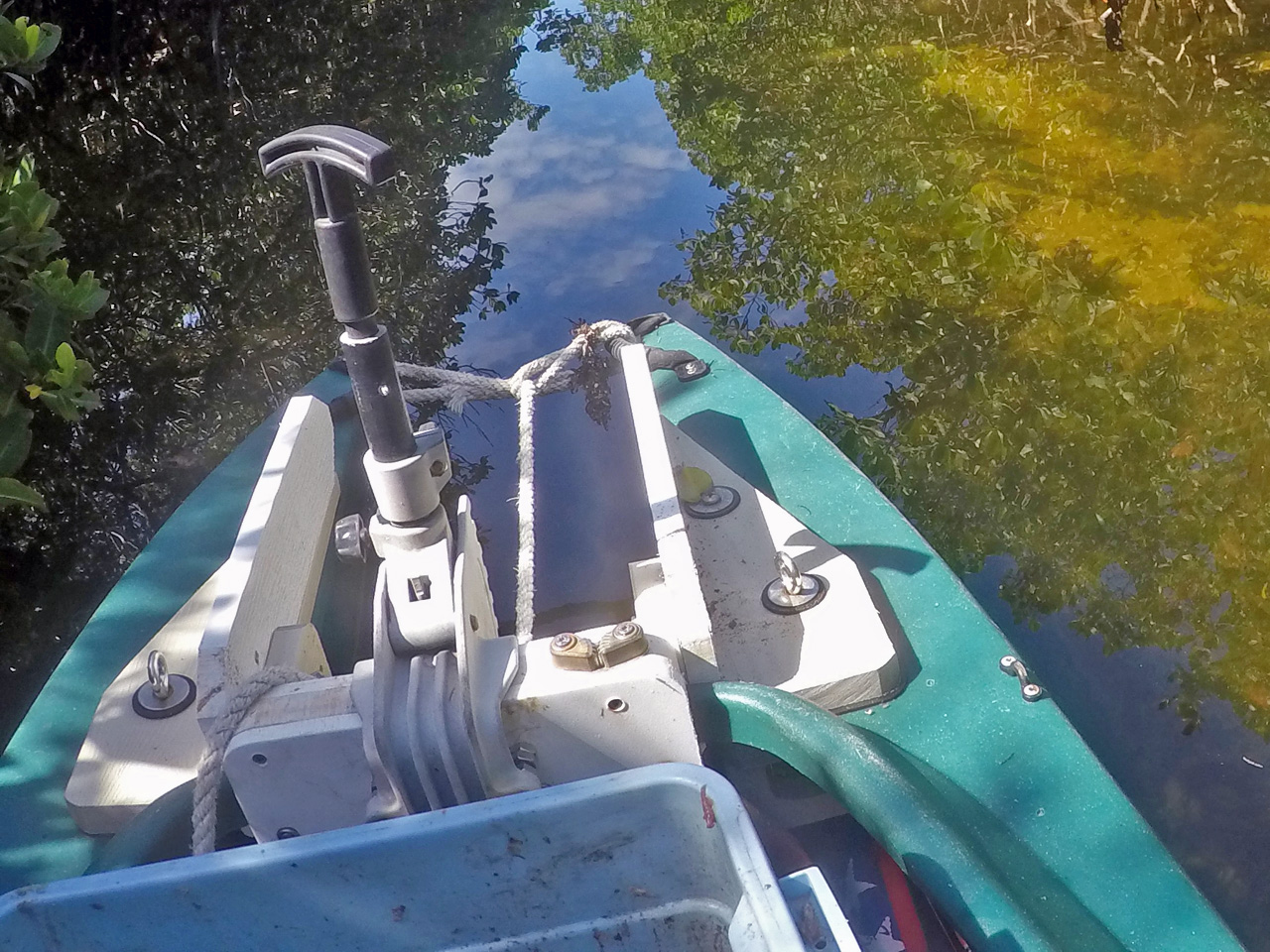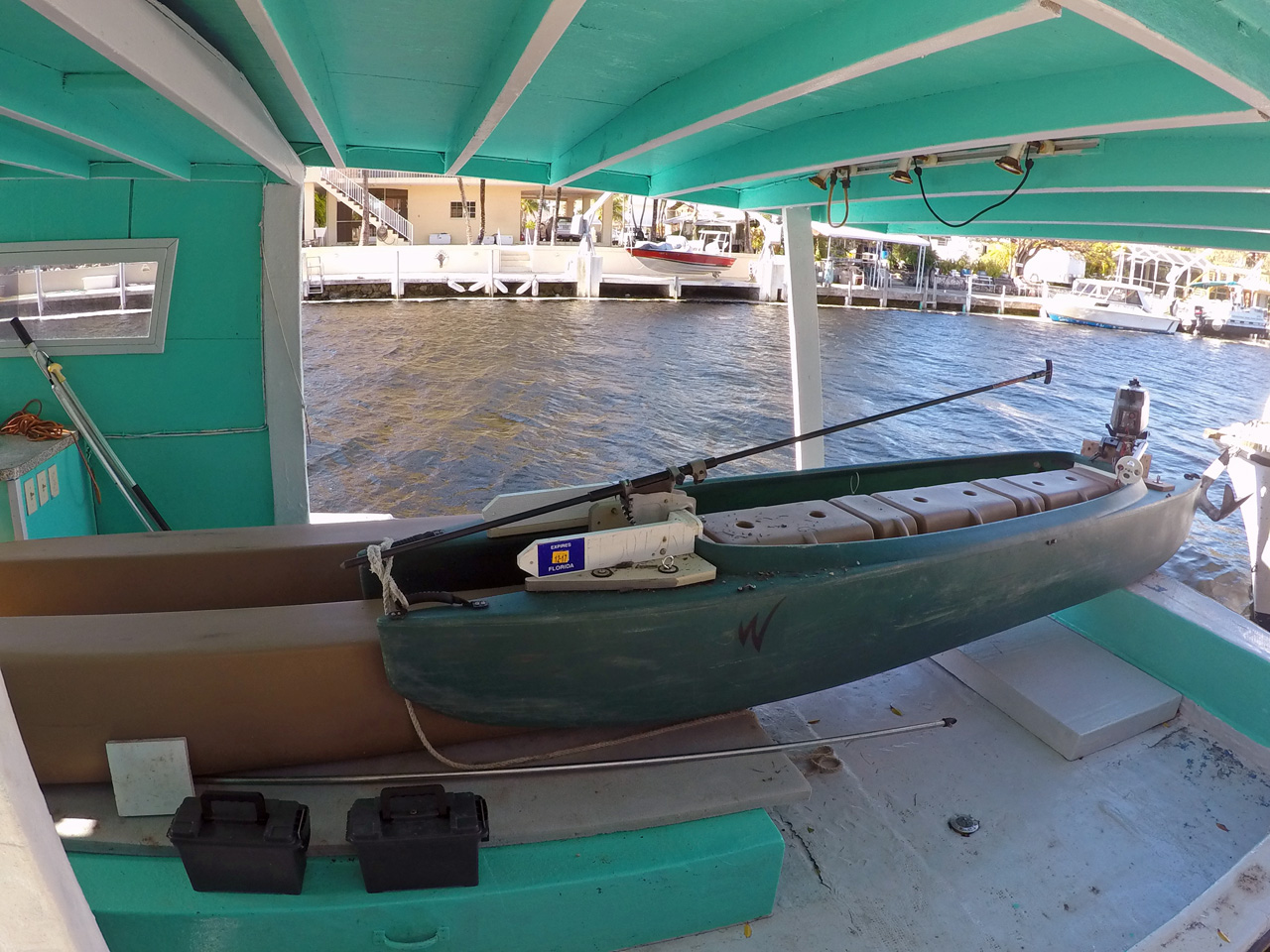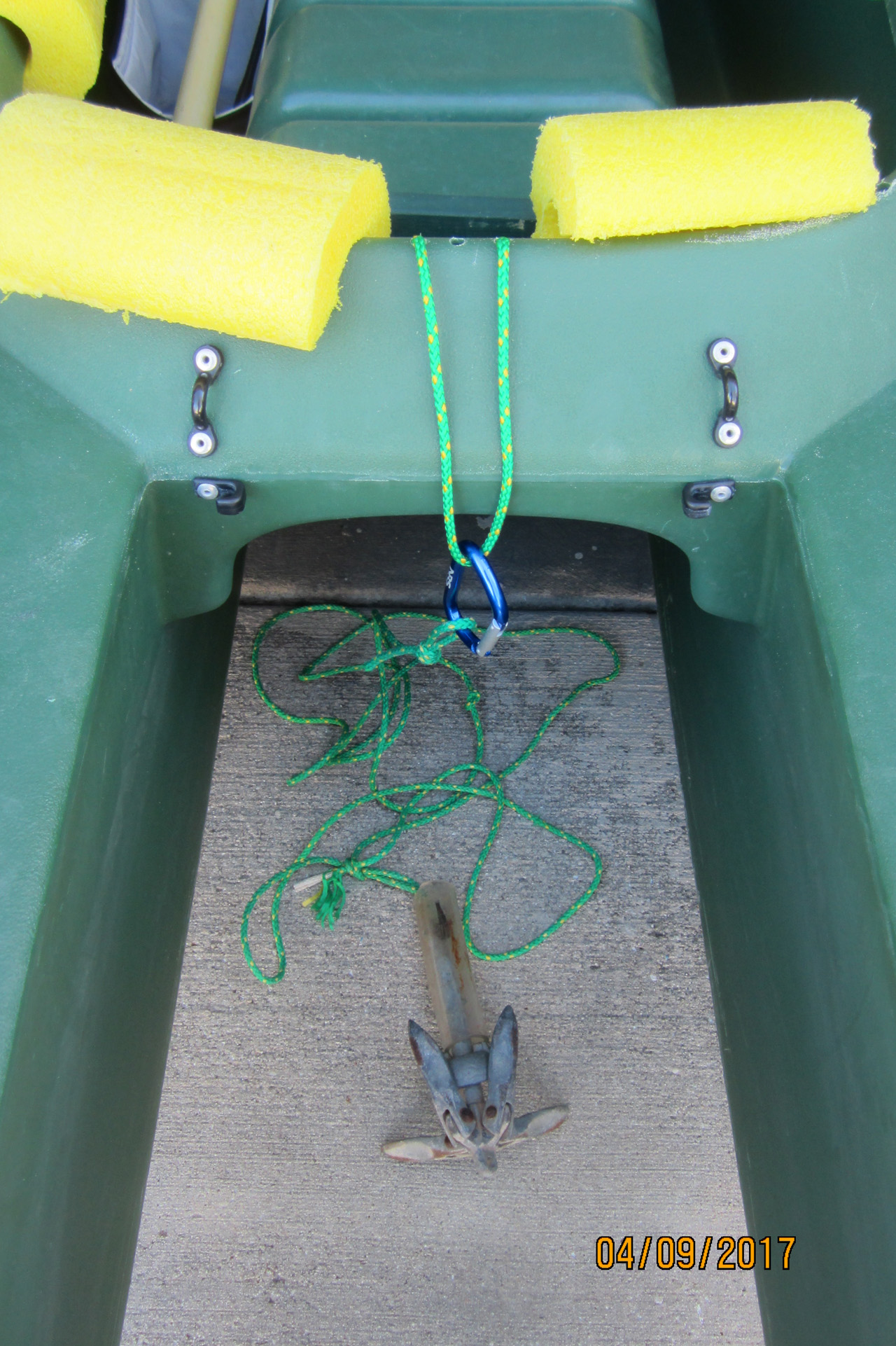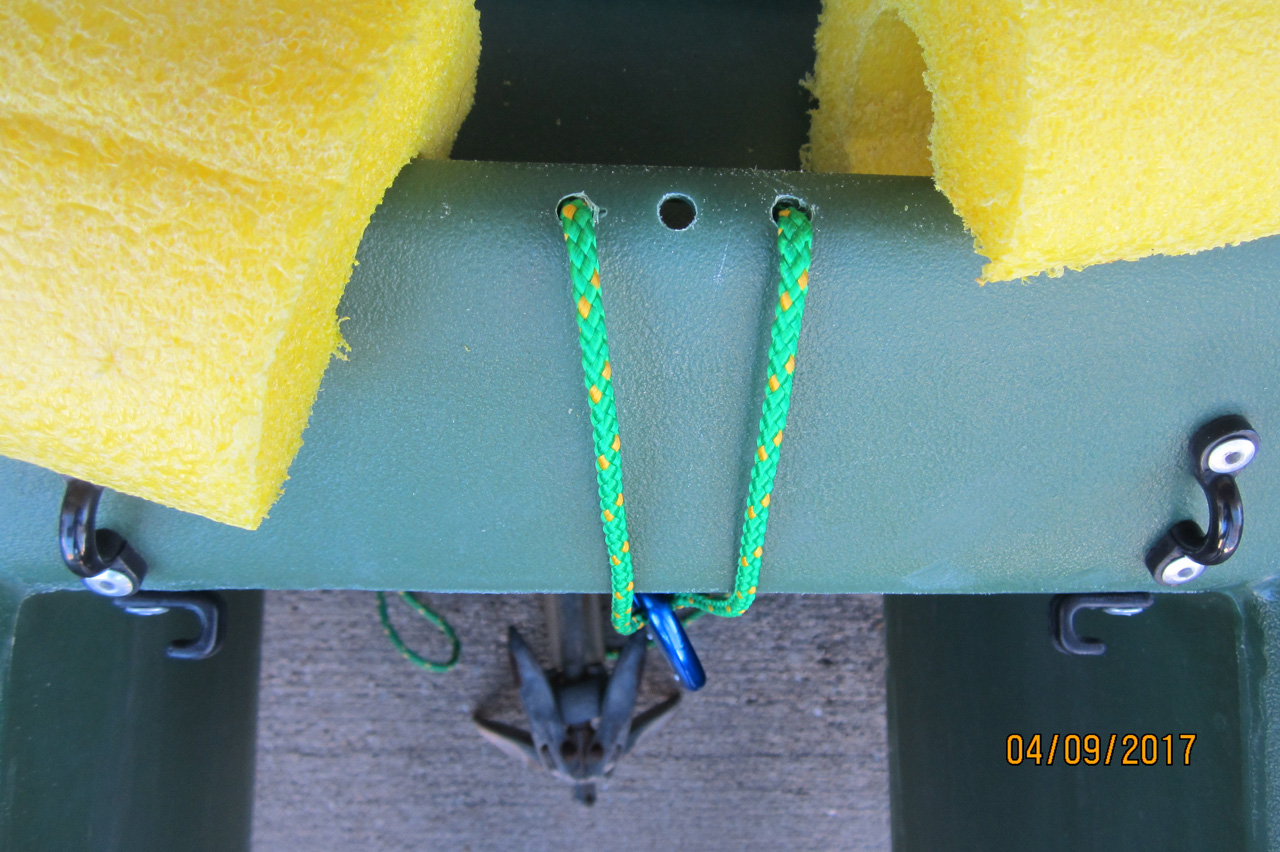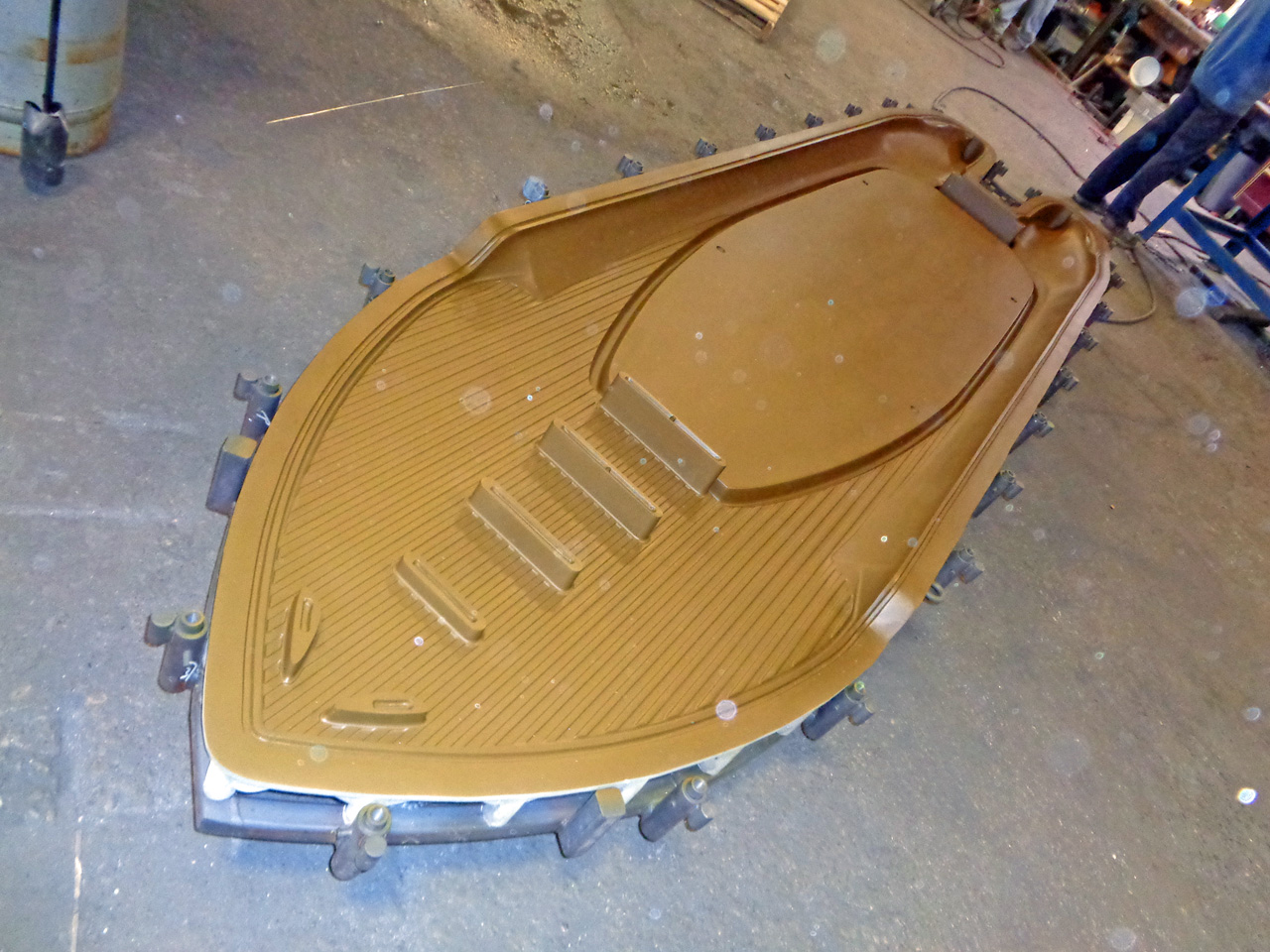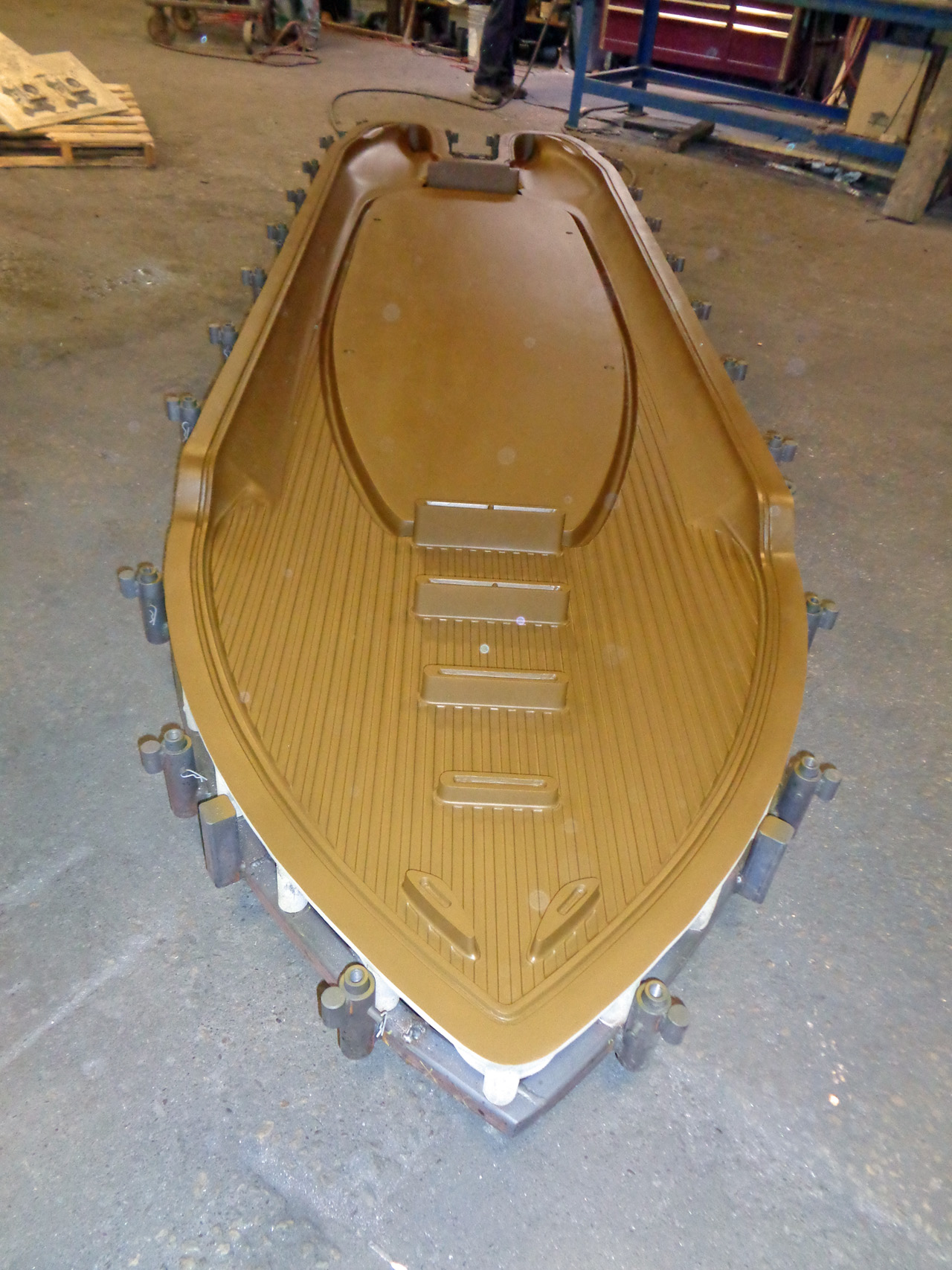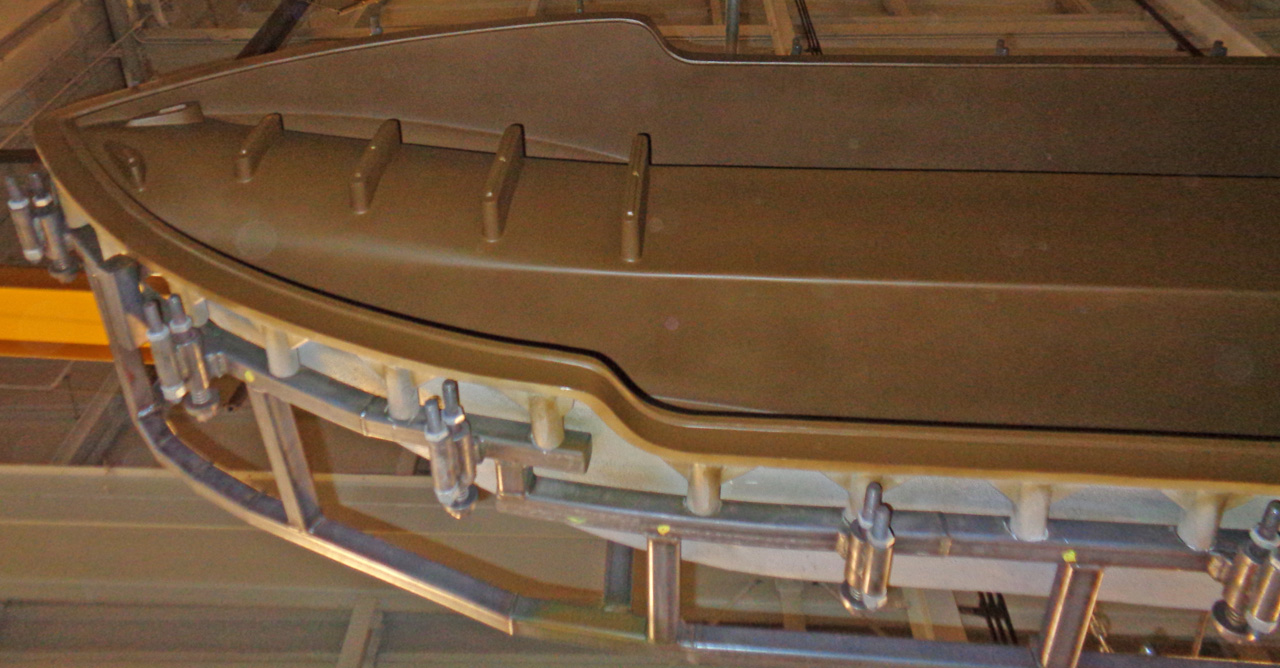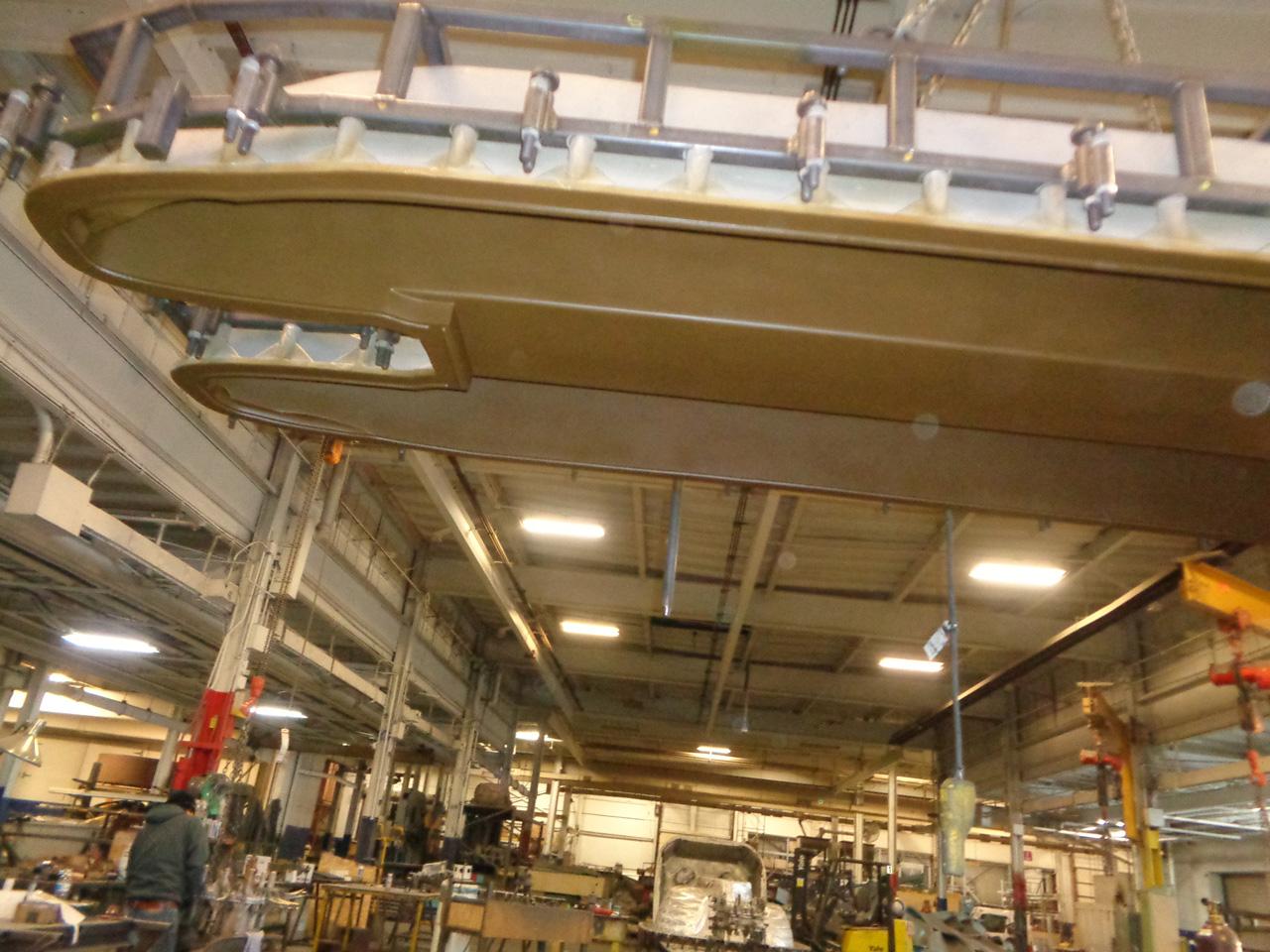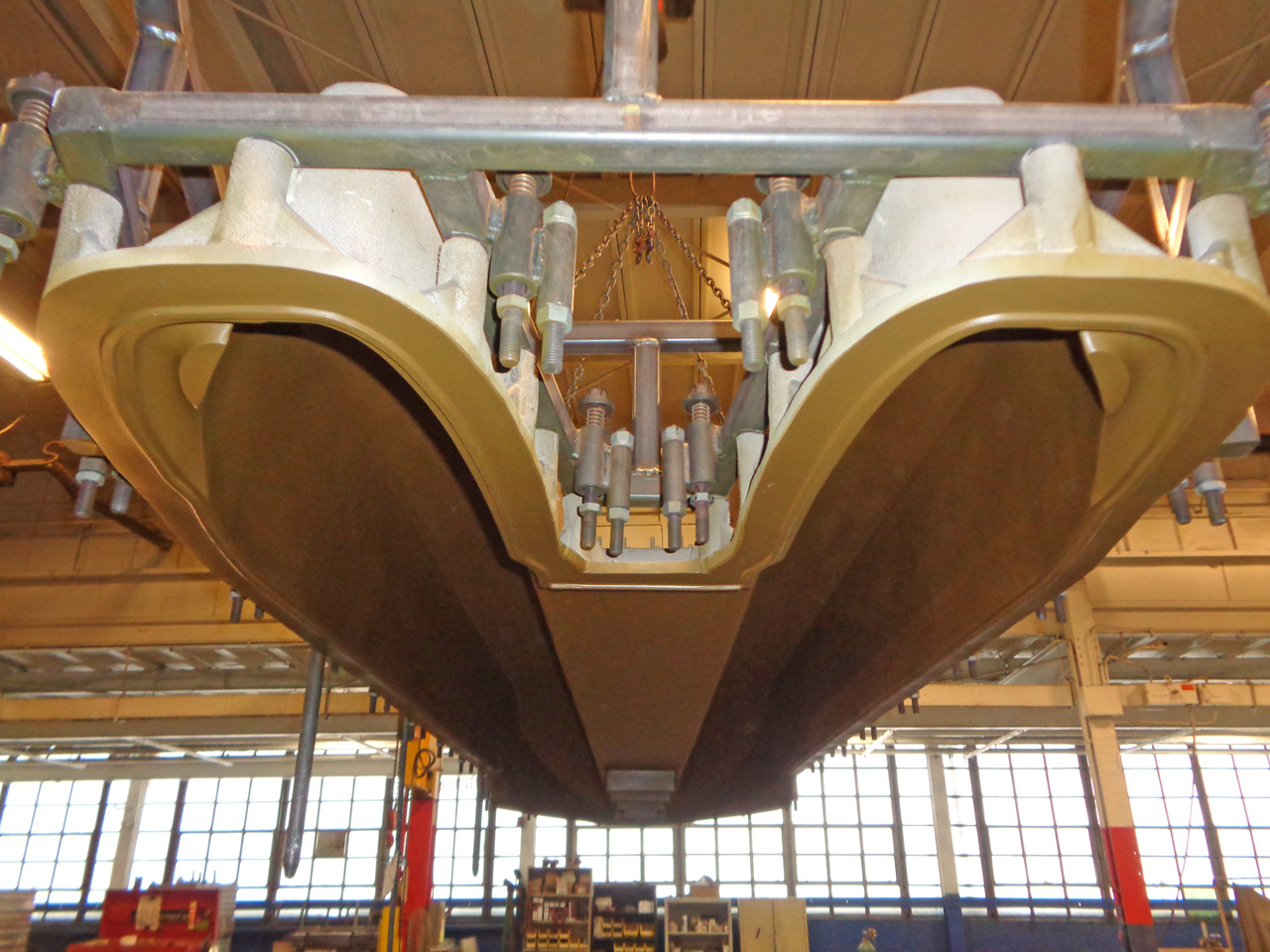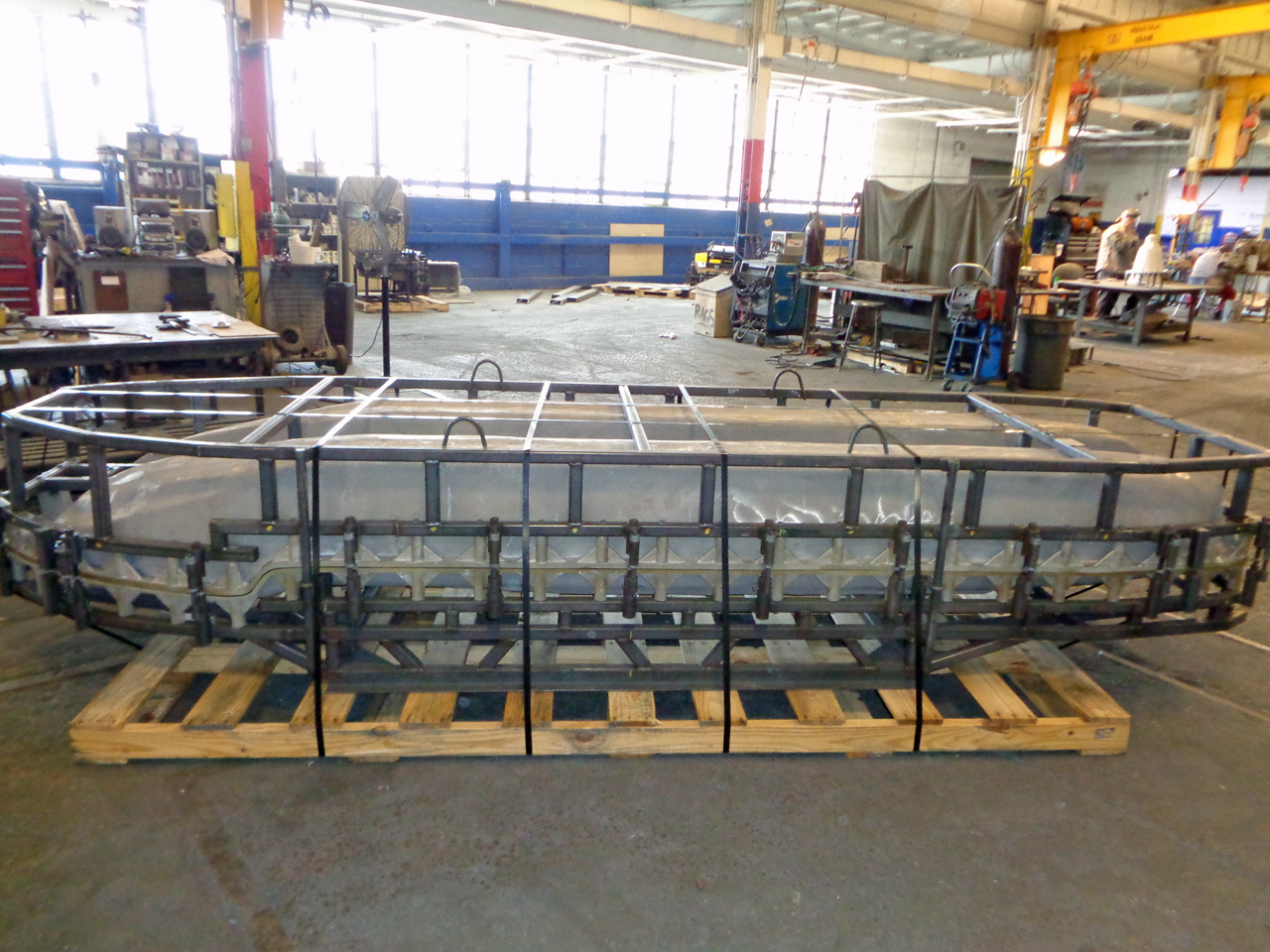By Captain Larry Jarboe
The easterly trade wind has been blowing hard for more than a week.
This is Spring Break in South Florida. Many of the local tour, fishing and diving boats that take people to the reef and blue water have to turn away customers because of the 6-8′ waves that are pounding the reef line.
There has been some seriously lost business and most disappointed vacationers.
In Key Largo, we have had wonderfully productive trips fishing our Wavewalk W700 tandem kayaks in the narrow creeks that flow through the dense mangrove forest here in the heart of Pennekamp Park. Because of the tight quarters and many non-combustion zones where internal combustion motors are prohibited, many of these areas rarely see a fisherman.
This weekend, two groups booked Wavewalk kayak fishing adventures with me –
Issac brought Julio, Daniel, and Darren for a Good Friday afternoon trip. They caught about 30-40 lbs. of keeper fish (Mangrove Snappers, Bluestriped Grunts, and Sailors Choice). I filleted out and boxed enough fish for a panko fried fish platter with black beans and rice that they had cooked up at the Blackwater Siren Restaurant before leaving our island. And, they had a big bag of fish for a big fish fry in Miami.
April who was raised and worked in the Keys, brought her son Keith Jr. and crew Kevin and Joey on Easter Sunday. After a most slow start to the day, we found fish way up Smugglers Run (a creek named for the infamous Keys past when “Save the Bales” was the slogan of the day.).
Those new kayak Ricky Rods got a real workout dragging fish from beneath the mangrove roots. April caught the most fish but everyone got their share including the pelicans who got a bucketful.
We really had to travel some distance to find the calmest possible conditions but we ended an all day trip having caught over 100 fish.
Everyone who tours or fishes with me in the Wavewalk portable boats is amazed how comfortable and stable these vessels are compared to conventional kayaks.
It is not too hard being the best fishing kayak guide in South Florida with the best fishing kayaks that are available, anywhere.
Larry also offers guided fishing and diving trips in the Key Largo and the areas that surround it »


